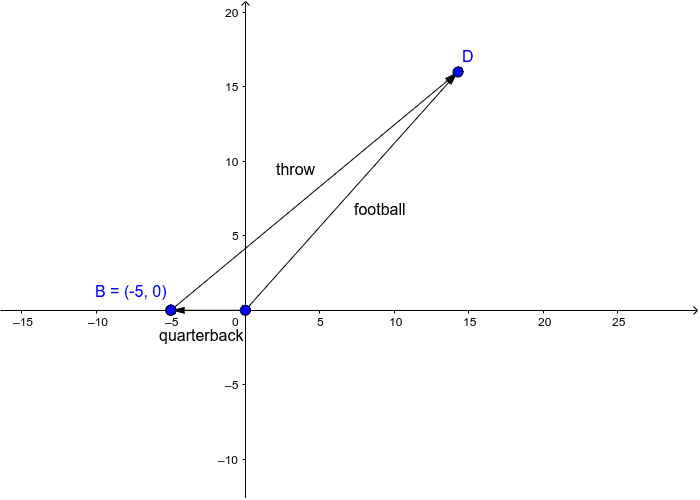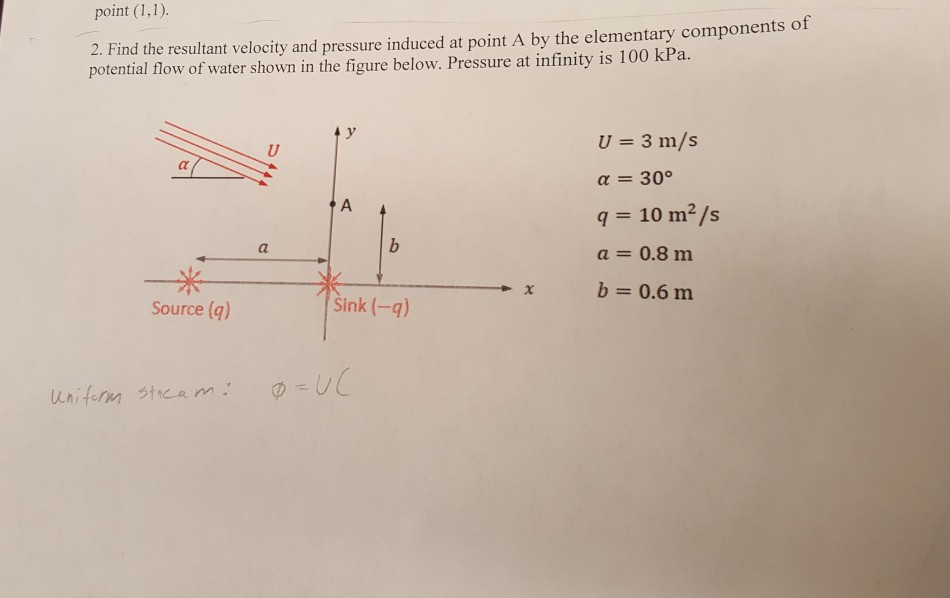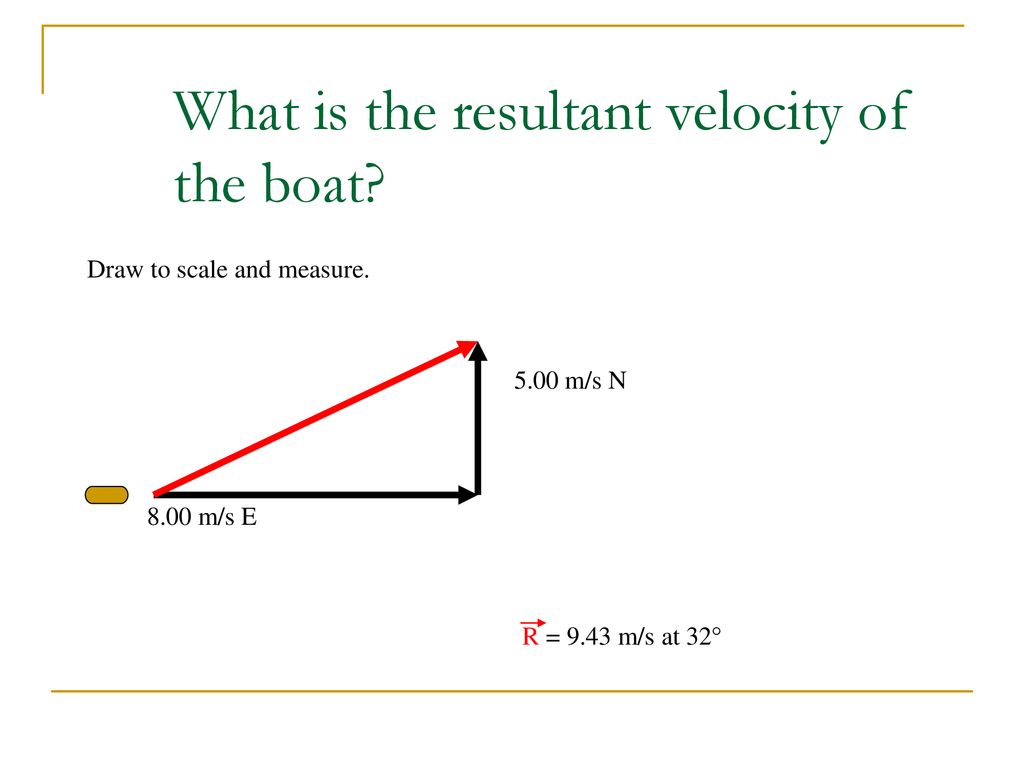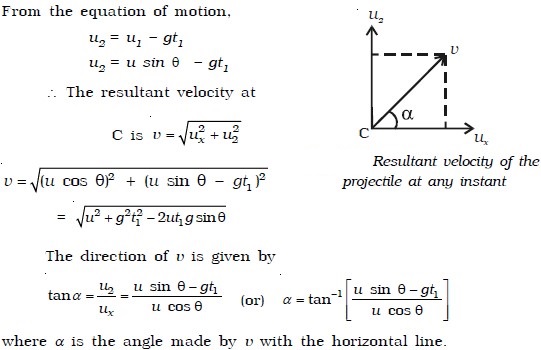How To Calculate Resultant Velocity
The parallelogram method to calculate resultant vector. For example if an object falls for 3 seconds multiply 3 by 98 meters per second squared which is the acceleration from gravity.
Resultant Velocity Of A Projectile Physics Forums
Find the resultant velocity of a plane flying at 310 mph 20 degrees north of east with a.

How to calculate resultant velocity. The equation for calculating resultant velocity is based from the Second Law Fma rearranged to. To find the resultant displacement in a physics problem apply the Pythagorean formula to the distance equation and use trigonometry to find the direction of movement. The resultant velocity of the plane that is the result of the wind velocity contributing to the velocity due to the planes motor is the vector sum of the velocity of the plane and the velocity of the wind.
To calculate the resultant velocity first you must break up each individual velocity into its magnitude and direction vector. The magnitude of the resultant velocity R is calculated R sqrt x2 y2 where x is the magnitude of the x component and y is the magnitude of the y component. The head to tail method to calculate a resultant which involves lining up the head of the one vector with the tail of the other.
Accordingly what is the resultant velocity. Its time to use the average velocity formula in practice. Change minutes into seconds so that the final result would be in meters per second.
Multiply the acceleration by the time the object is being accelerated. Proceed to fill column F with the same calculation through row 438 which is the point of takeoff. This method involves properties of parallelograms but in the end boils down to a simple formula.
Calculate the magnitude and direction of the resultant velocity Now that the magnitudes of the x and y components of the resultant velocity have been calculated it is possible to find the total magnitude and direction of the resultant velocity Answer to. Next add together all of the x components and add together all of the y components. Then break down each velocity into x and y components.
The Resultant Velocity when Moving-Boat Velocity is Given is the registered velocity in the propeller-type current meter which is free to move about a vertical axis towed in a boat at a certain velocity is calculated using resultant_velocity Boat Velocity cos Angle with the Direction of the BoatTo calculate Resultant Velocity when Moving-Boat Velocity is Given you need Boat Velocity v. Part of the series. How to Calculate Resultant Velocity.
The resultant velocity in. Calculating resultant velocity can be accomplished through the use of a very spec. 3 minutes 3.
In this video our subject matter expert Steve Hanly shows you how to calculate a resultant velocity power spectral density PSD using acceleration data and. Resultant velocity for two velocity components calculator uses resultant_velocity sqrtVelocity component at u2 Velocity component at v2 to calculate the Resultant velocity The Resultant velocity for two velocity components is known from kinematics flow while considering the velocity components u and v in the relation between stream function and velocity potential function. Provided an object traveled 500 meters in 3 minutes to calculate the average velocity you should take the following steps.
The resultant velocity in this case is 294 meters per second. Thus the total resultant velocity of the swimmer is the sum of these velocities v1 v2 which is 5 32 2 32 2 288 212. The resultant speed of the swimmer is 5 32 2 32 2 358 kmhr.
How do you calculate resultant velocity. Hence each hour the swimmer is traveling about 29 km east and 21 km north. To do so with Excel type in the following equation into Cell I10.

Vectors And Scalars A Scalar Is Any Quantity In Physics That Has Magnitude But Not A Direction Associated With It Magnitude A Numerical Value With Ppt Download

Resultant Speed Direction Two Forces Geogebra

Point 1 1 2 Find The Resultant Velocity And Chegg Com

Vector Resolution And Projectile Motion Ppt Download

Vector Diagram Resultant Velocity Concept Youtube
Year 11 Physics Key Points Relative Velocity

Difference Between Adding Force Vectors And Adding Velocity Vectors Physics Stack Exchange

Resultant Velocity An Overview Sciencedirect Topics

Resultant Velocity An Overview Sciencedirect Topics

Vectors Resultant Velocity Bearing Angle Youtube
Physics Magnitude Of Resultant Vectors

8 23 Find The Resultant Velocity Vector Induced At Chegg Com

Projectile Motion Engineersfield

Resultant Velocity An Overview Sciencedirect Topics

Vectors Fundamentals And Operations Ppt Video Online Download
How To Find The Magnitude And Direction Of The Resultant Velocity Vector



Post a Comment for "How To Calculate Resultant Velocity"